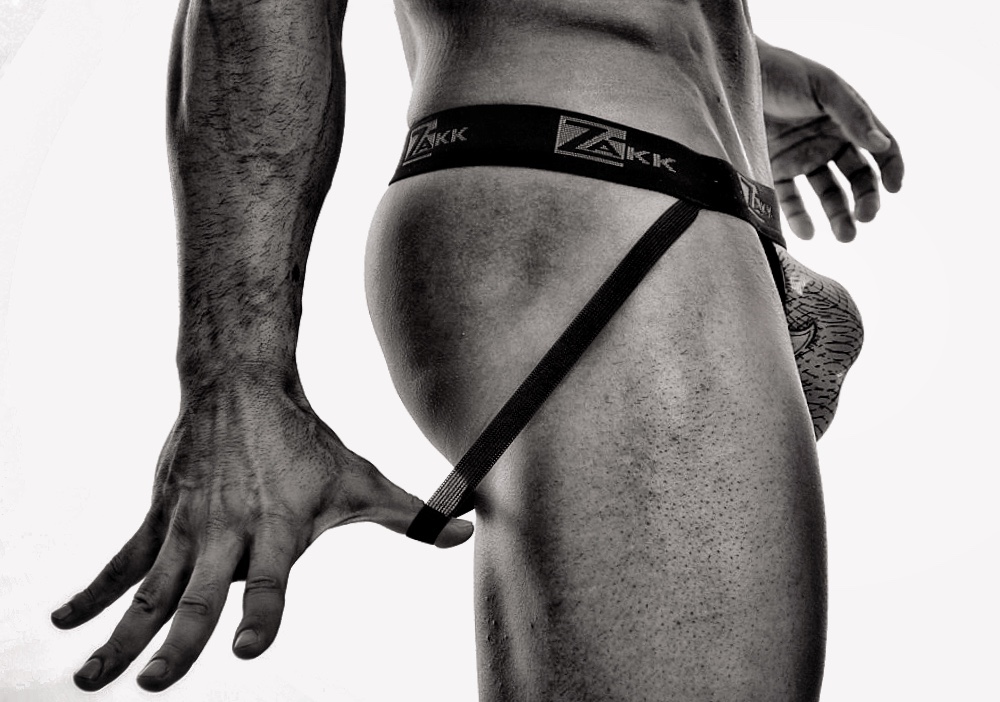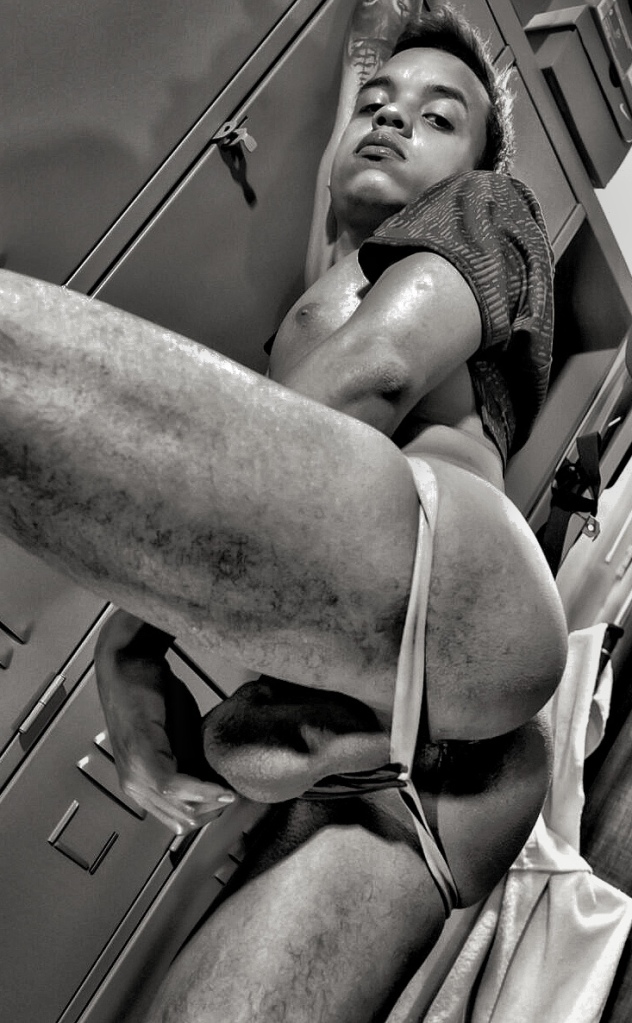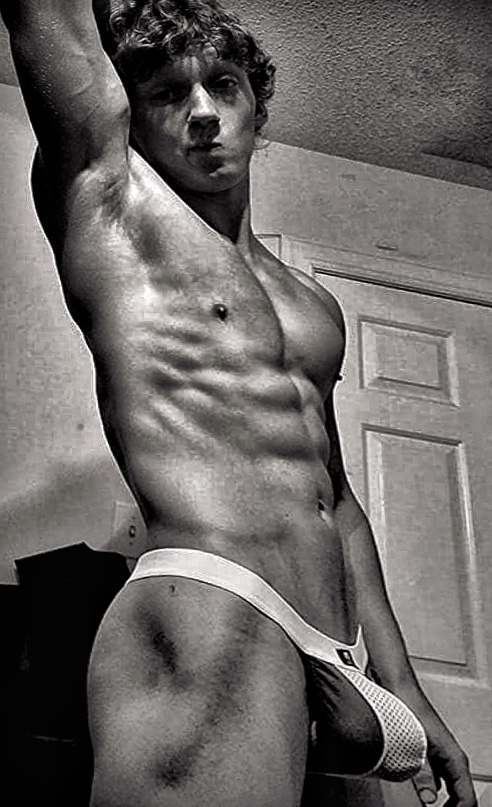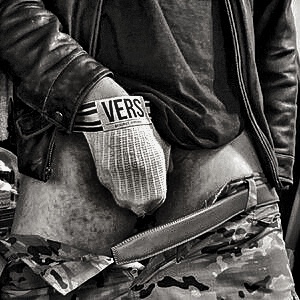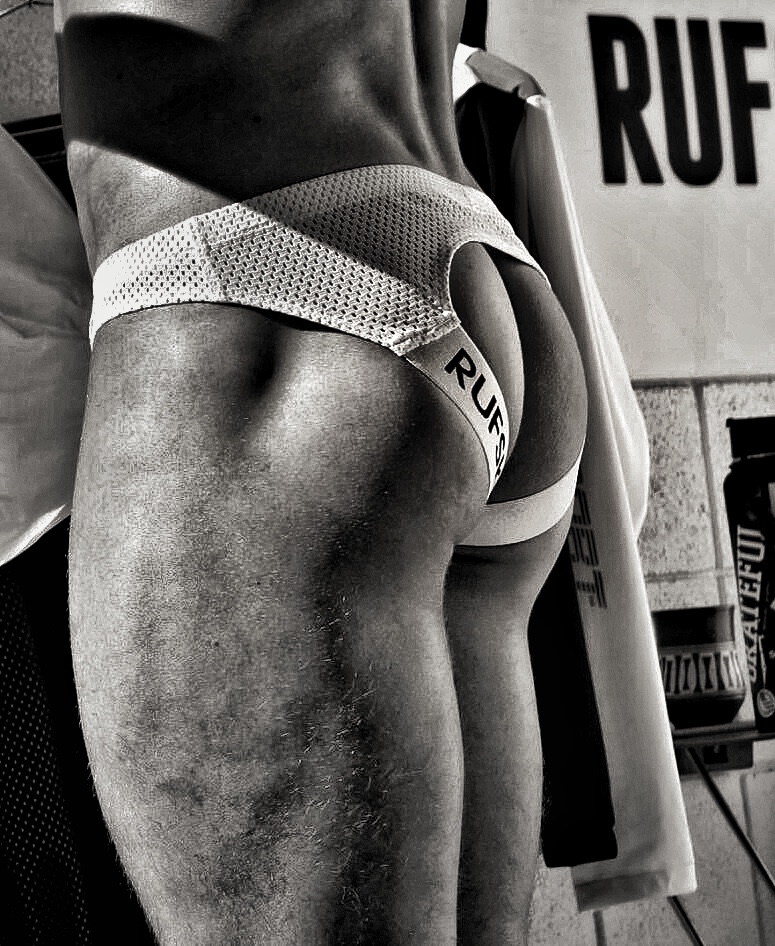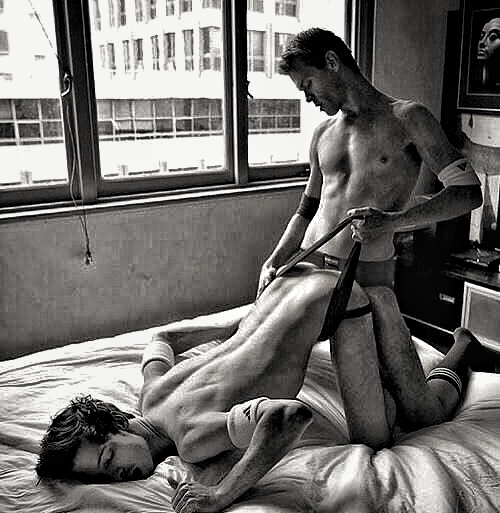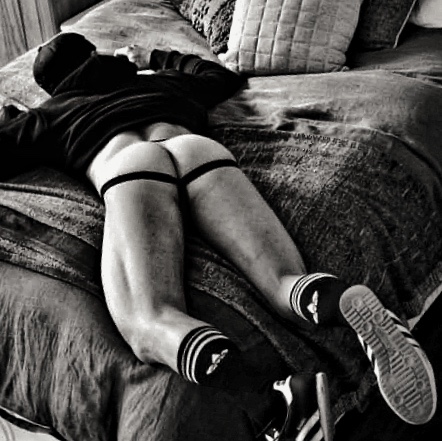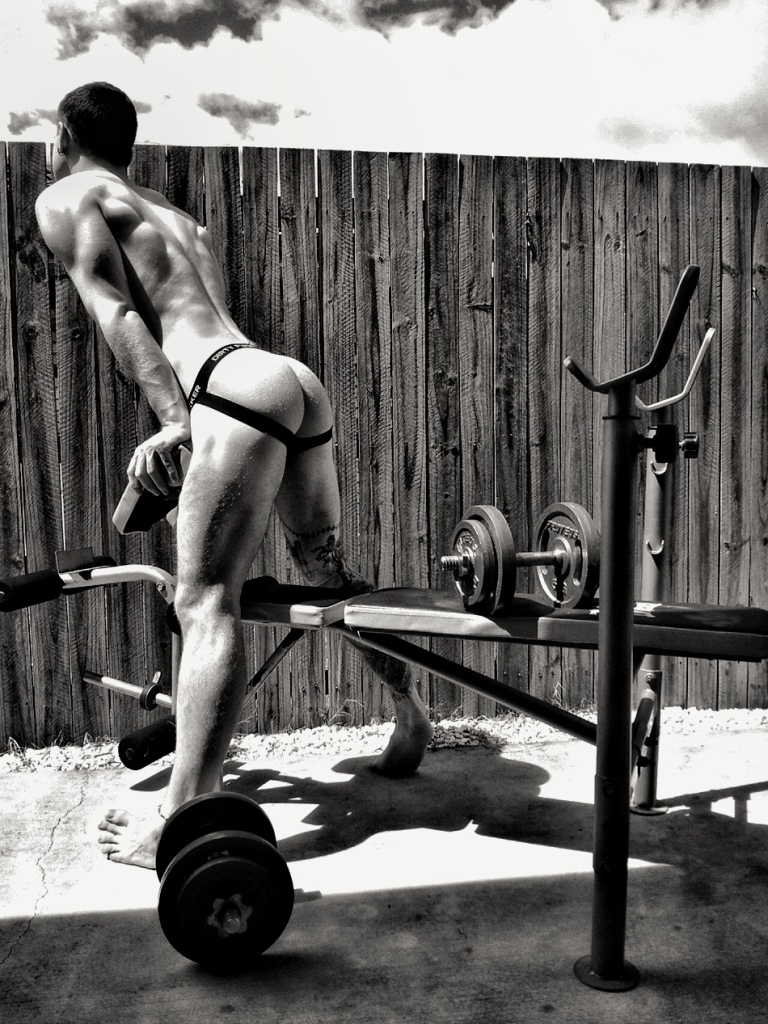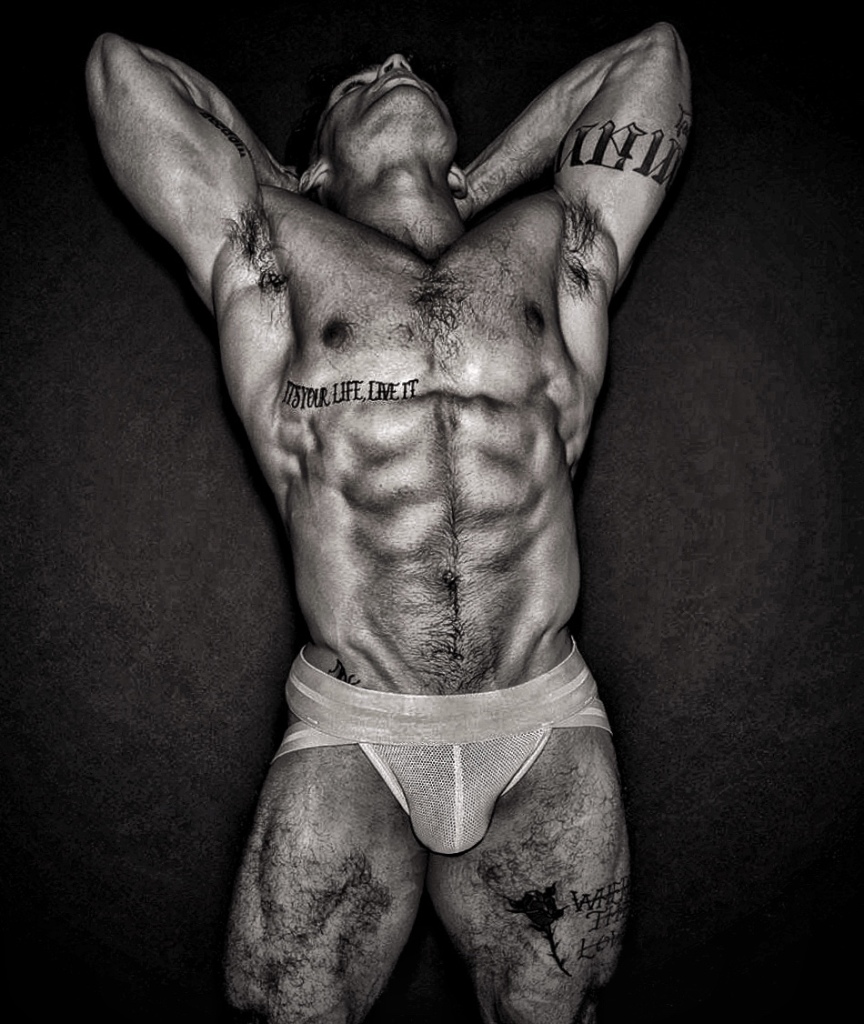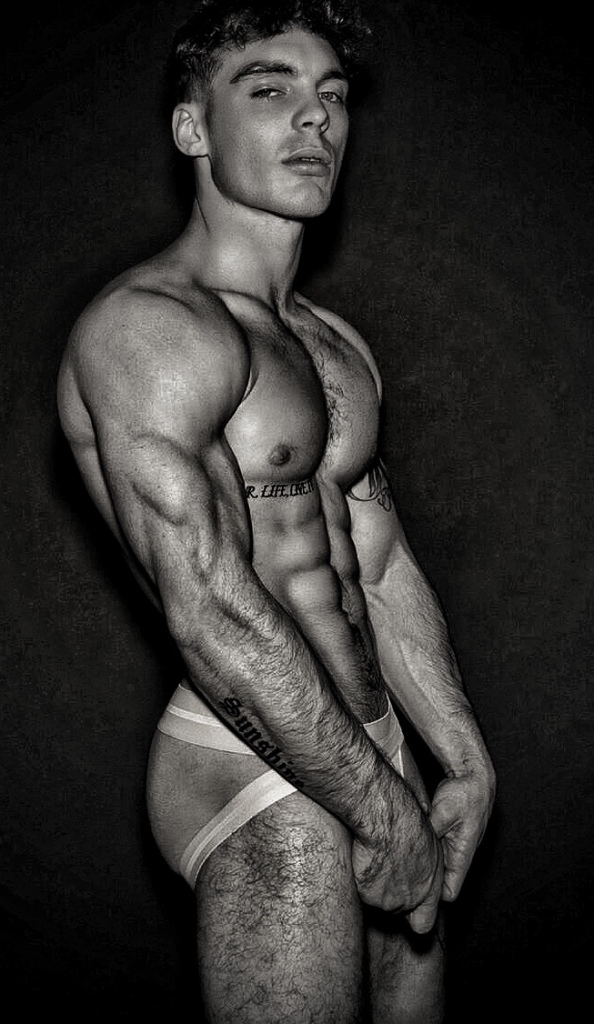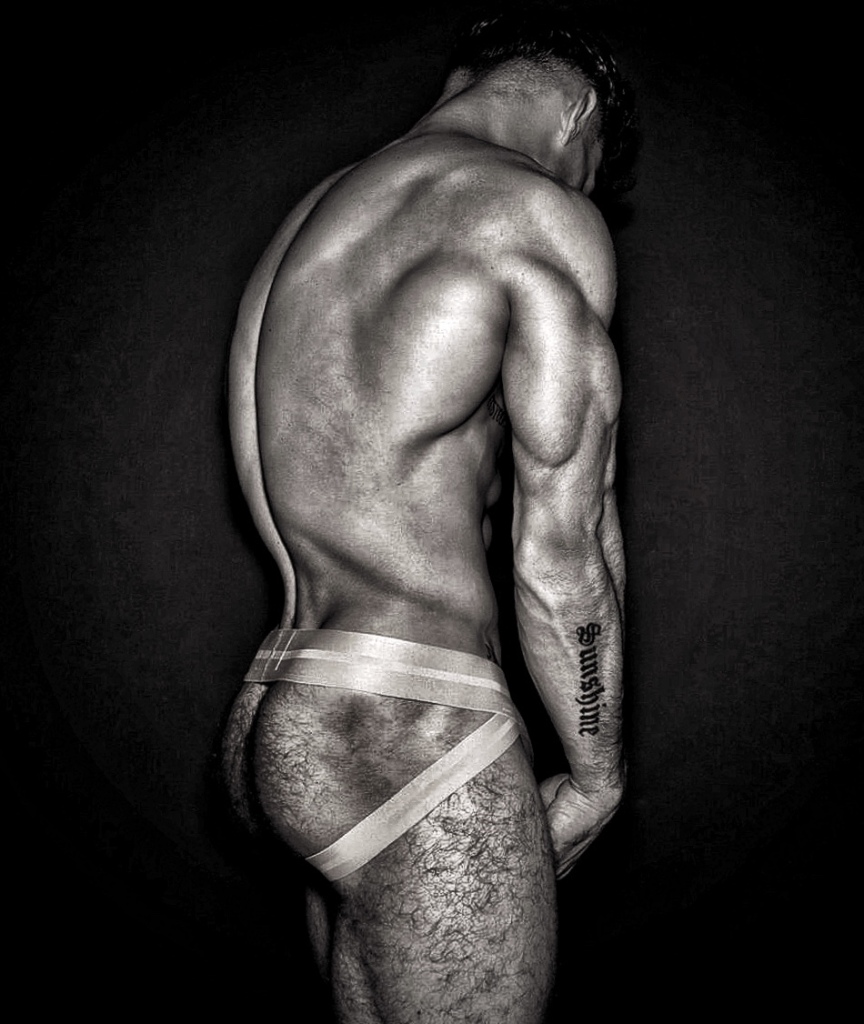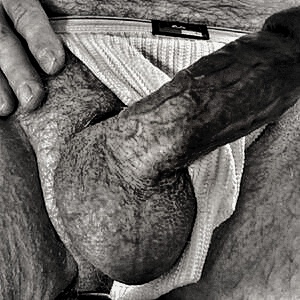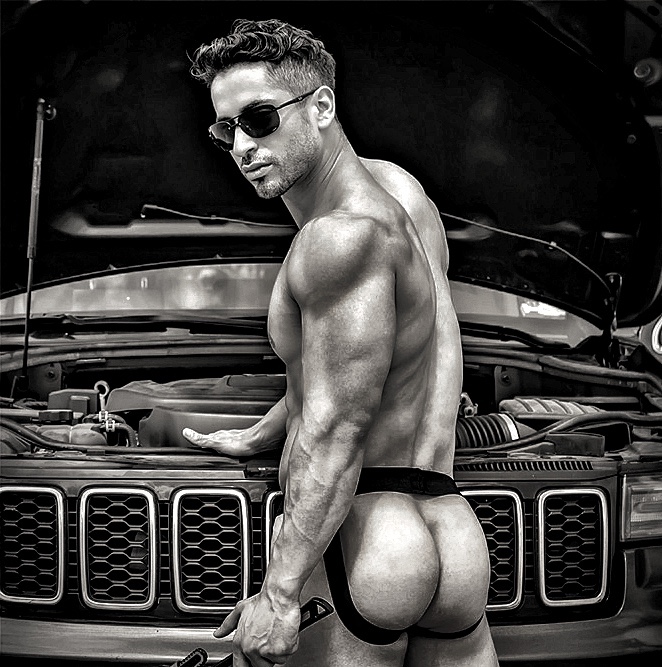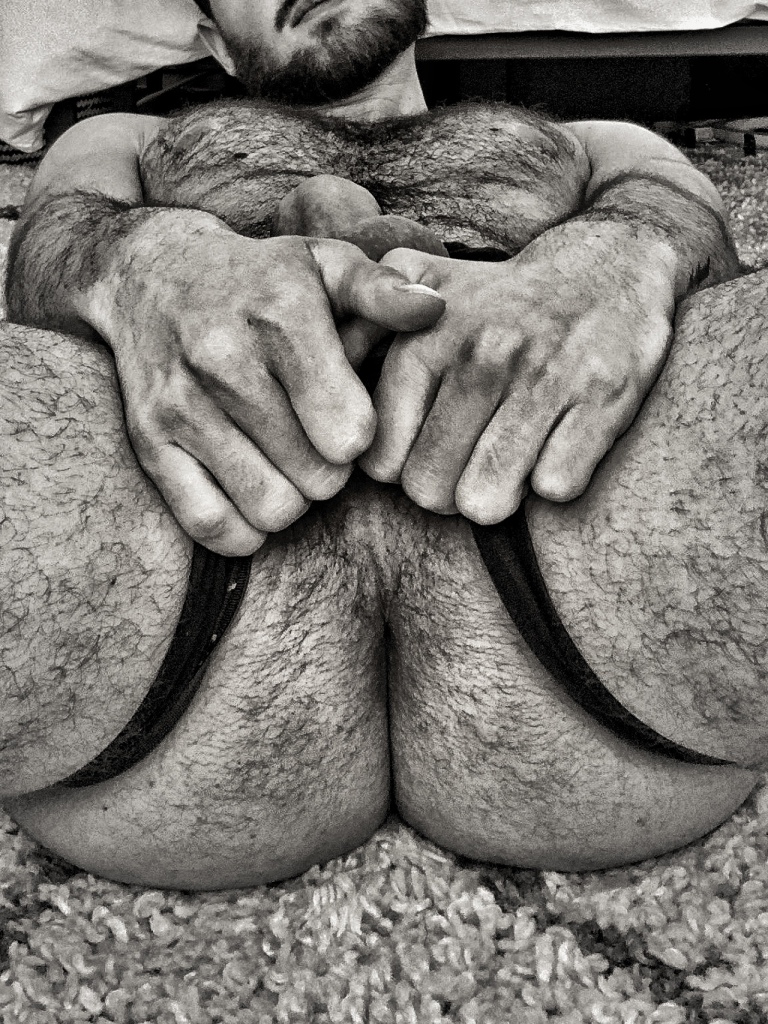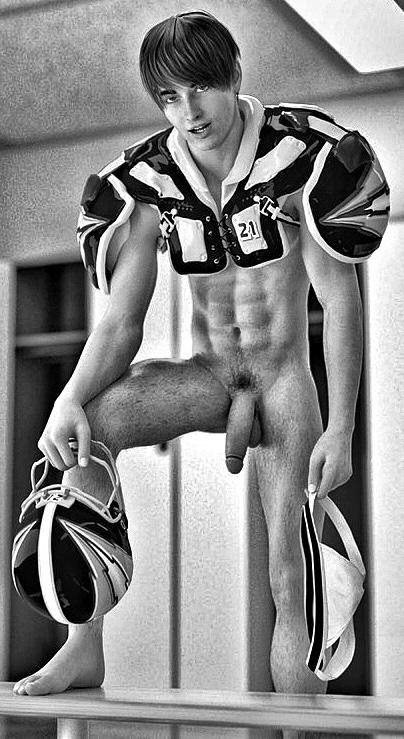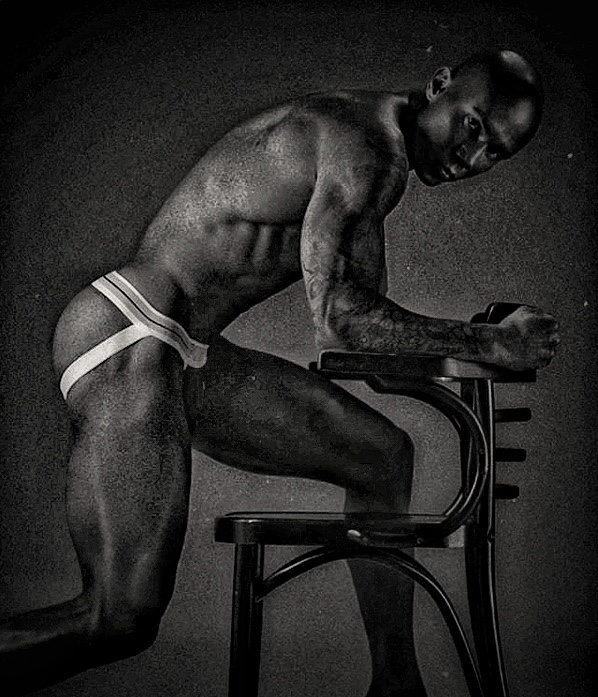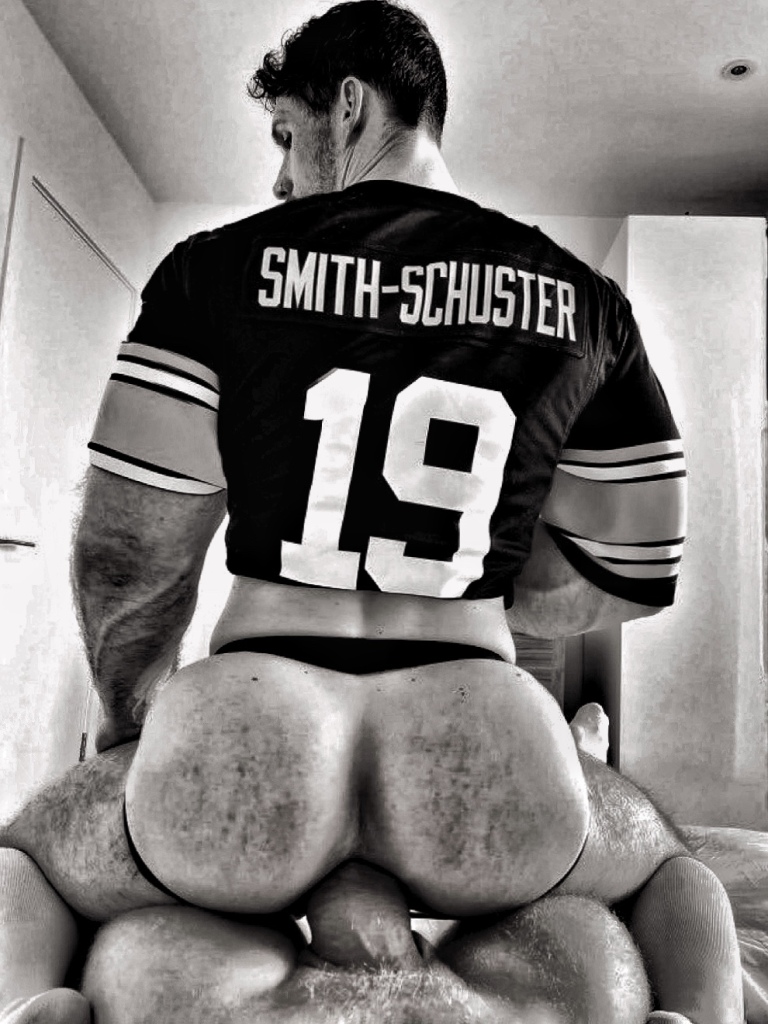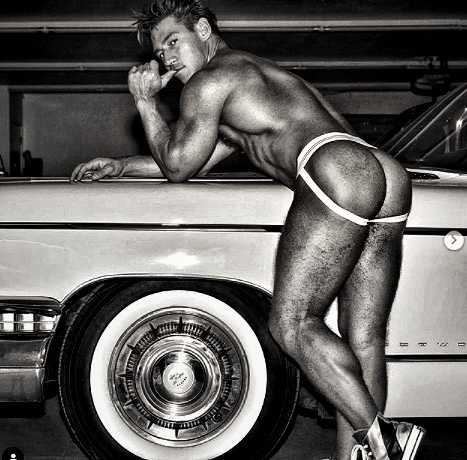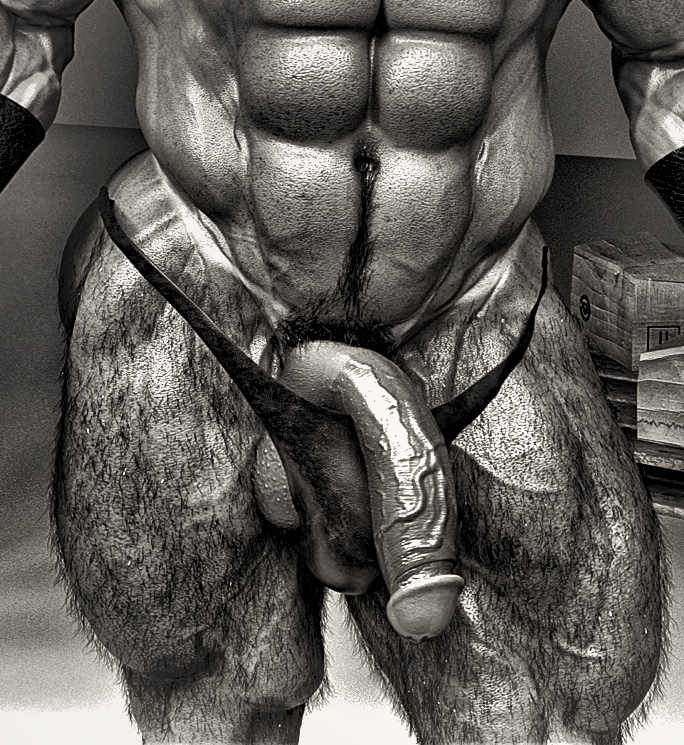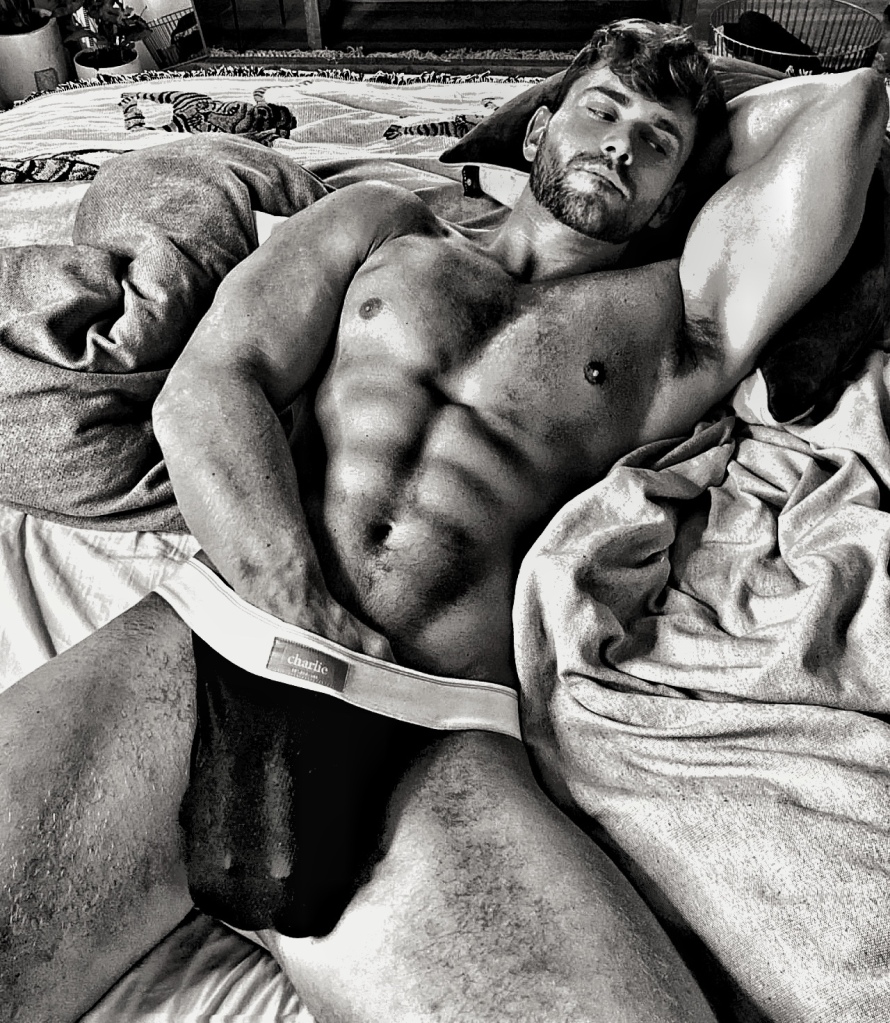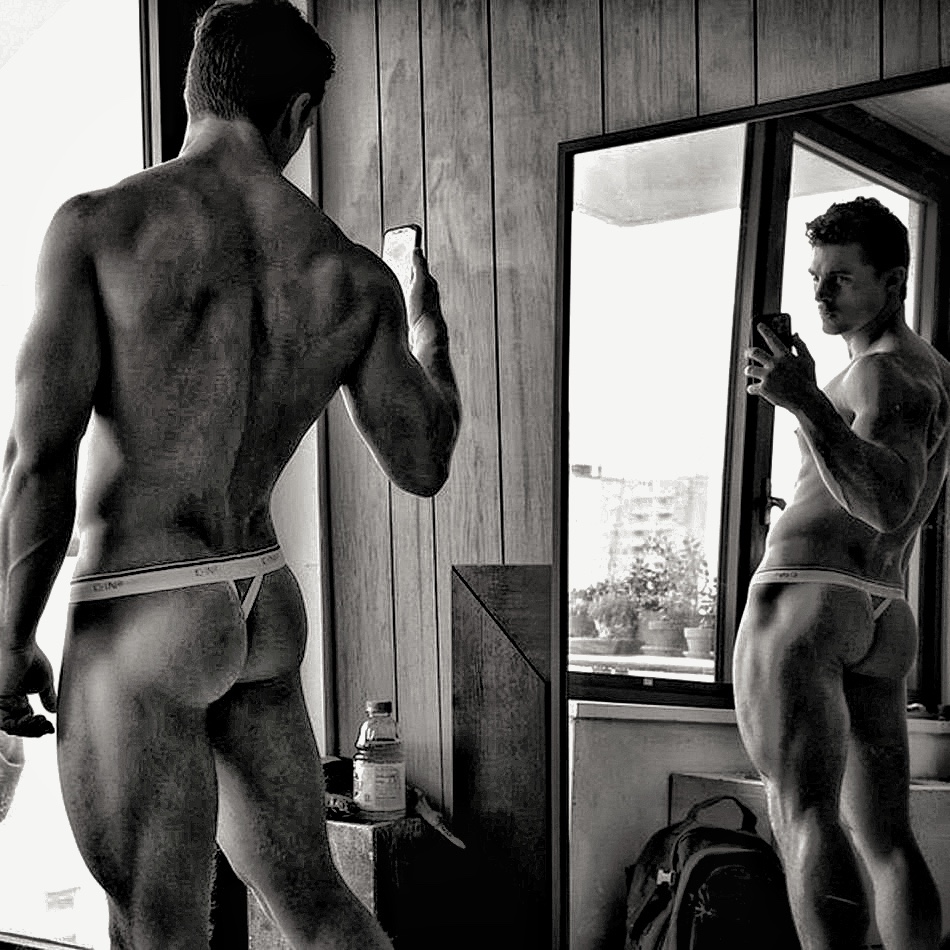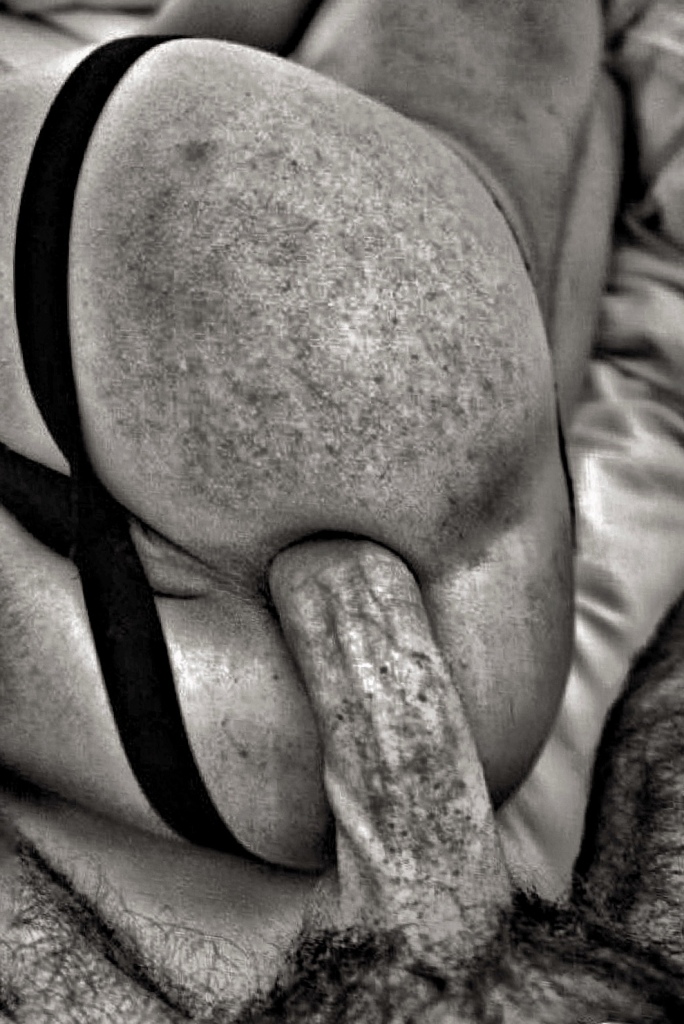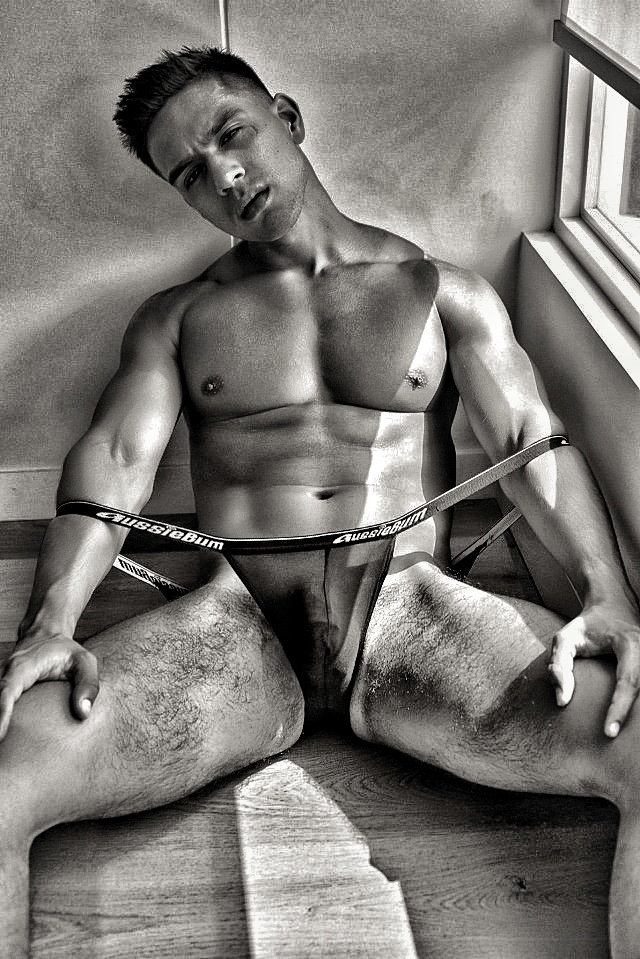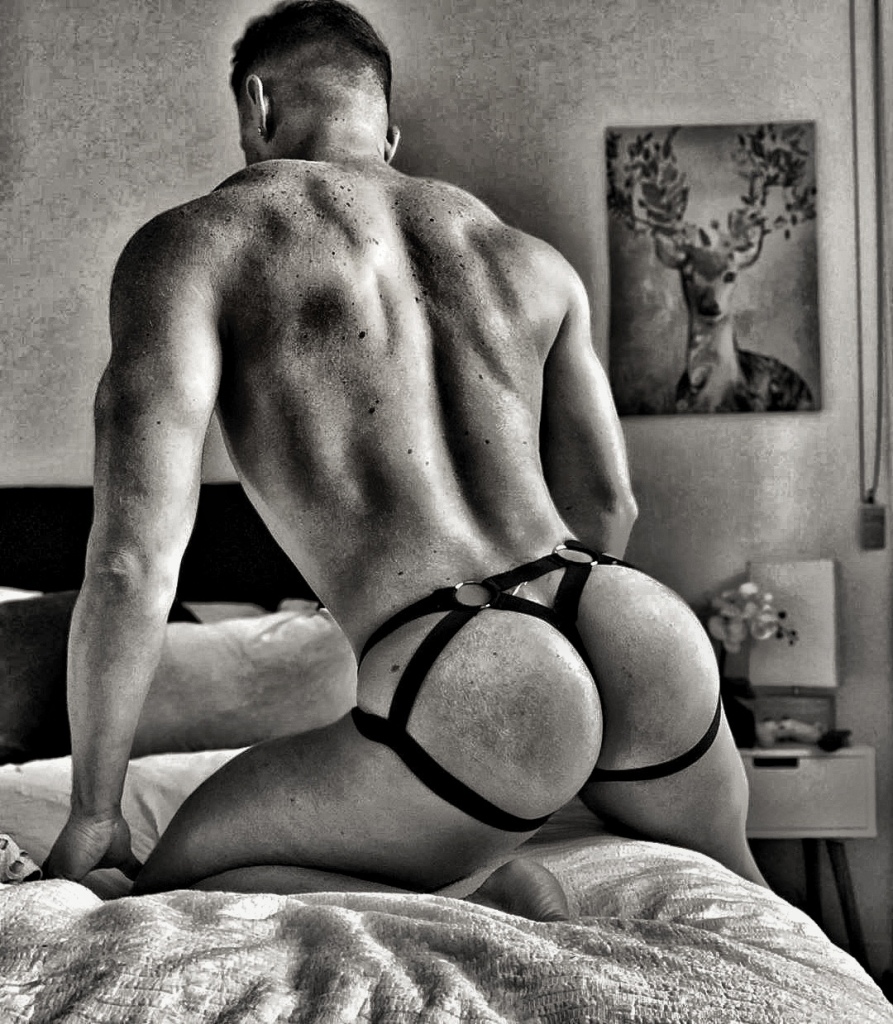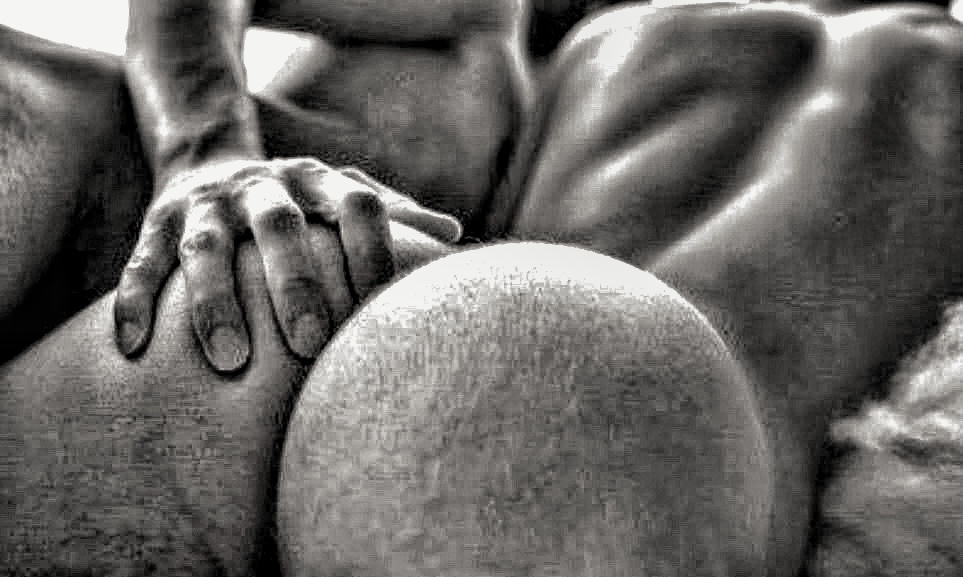Do you remember strapping on your very first jockstrap? Wasn’t it as foreign a clothing item as you have ever worn? Did our collective interest and obsession arise from that weird unnatural feeling of wearing a big cotton and latex piece of luggage around your cock and balls?
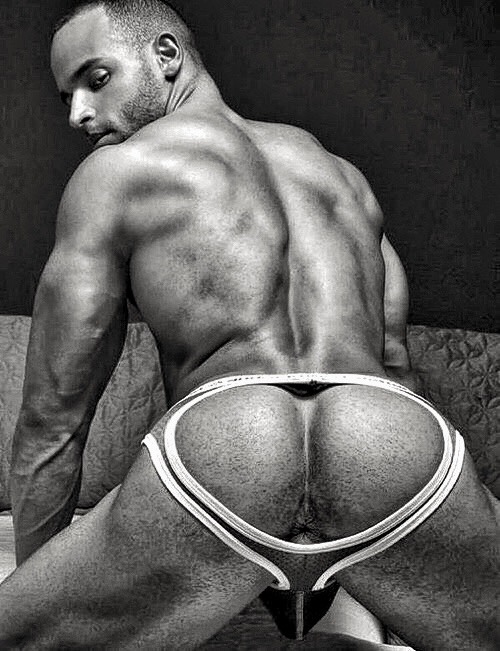
Did you like the feeling? Hate it? Have to wear a cup inside it for sports? It is a rite of passage for young men, and the apex of many of our obsessions and fetishes about clothing.
My first jockstrap at age 13 was a Bike #10 with a 3-inch waist band, contour pouch, and tight leg straps. It was unbelievably uncomfortable until it was washed dozens of times; it then became a bit softer, more pliable, and less harsh on the cock and balls.
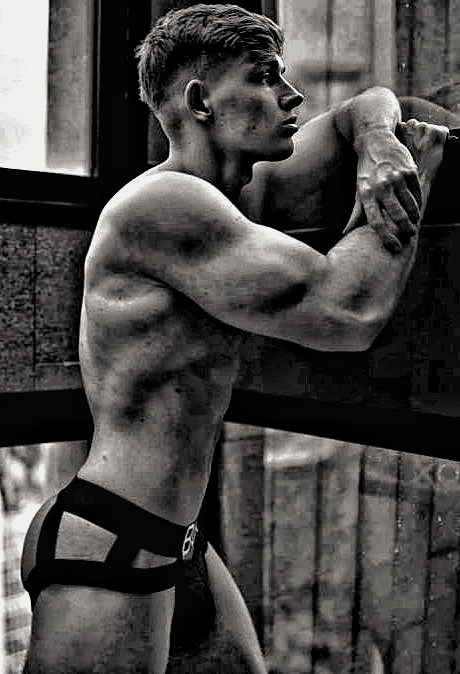
I was tall and lanky, and it was not very tight at first, but began to fit better as I grew into it.
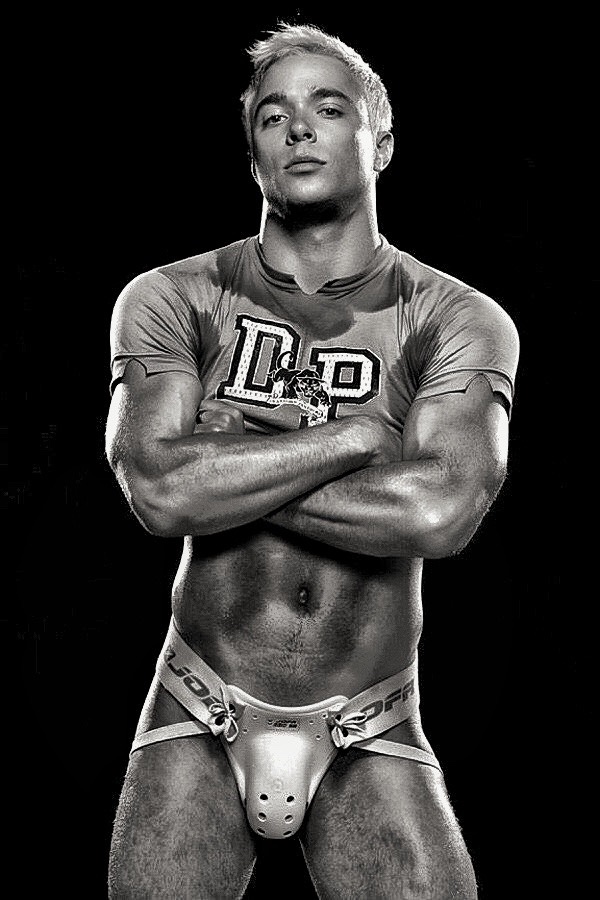
But over time my jockstrap and the ones that followed it became a comfortable restraint for my raging hard-on and protector of my sensitive big balls. It stretched when I needed it to, held me in when circumstances got a bit out of control, erection-wise, and it provided a nice tight loop for when I needed to lasso my balls during masturbation sessions.
I’ll state for the record here that I am not into soiled clothing of any kind, especially that which is worn so close to my body. If you are into it, great. You wont find it in this post, however. I bleach my jocks to enjoy that essence of the locker room.
The Origins of the Jockstrap
In the late 1800’s men’s underwear did not have the wide variety of jockstraps and modern men’s underwear like briefs, boxers, trunks and thongs. Men’s packages were confined to tight-fitting pants, codpieces, and costumes, with thin cotton undergarments.
The transition to loose pants and the popularity of outdoor sports in the late Edwardian and early Victorian eras required the development of supportive undergarments for men. Coming from the diverse origins in the sporting world of jockeys and cricket players, as well as protective clothing of industrial workers, men’s underwear was born.
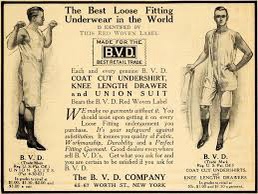
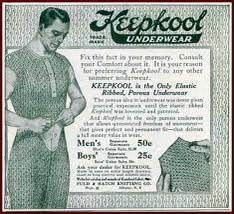

The first ever jockstrap was invented by C.F. Bennett of Sharp & Smith, a sporting goods company in Chicago, back in 1874. Bennett saw a need for a supportive pair of underwear specifically for bicycle messengers and delivery men (also known as “bike jockeys”) who, at the time, had to endure regular ball torture by bouncing over the city’s cobblestone streets. Over time, jockstraps became a massively popular (and functional) garment for physically active men. In fact, during World War I, the US Army issued a jock to every man who served.
In 1874 the company “Bike” launched the first “athletic supporter” to protect sportmen’s’ genitals. This first jockstrap to be mass produced in America was known as The Bike Jockey Strap, taking its name from the word jock, originally used with the meaning of “rider” and later to refer to athletes.
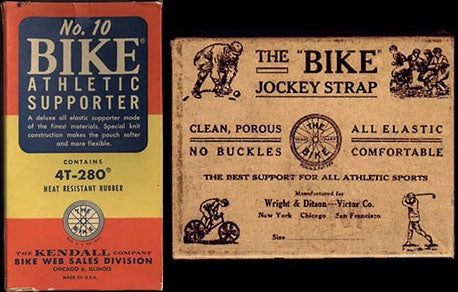
By 1897, Bennett had patented and begun mass-producing the “Bike Jockey Strap.” Later that year, his company sold its trademarks to Russell Athletic, who sold an impressive 350 million units worldwide. Sadly, only a few years ago, the classic Bike brand jock was discontinued.
Away from the colorful range of fabrics, nets, and transparencies that we find nowadays, early undergarments were mainly made of plain and soft materials whose main purpose was to offer protection and stability to men’s testicles while practicing contact sports. Oddly enough, soon similar designs with the same purposes emerged including the swimmers jockstraps, thick banded jocks, jockstraps with garter clips and the dance belt, a special undergarment conceived to protect dancer’s private parts.
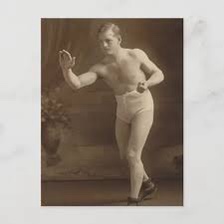
Jockstraps initially came into the scene at the end of the 19th century for men to protect their genitals during contact sports like baseball, football, cricket, and rugby.
In the mid-20th century, they were an extremely common type of underwear for athletes, aka jocks.
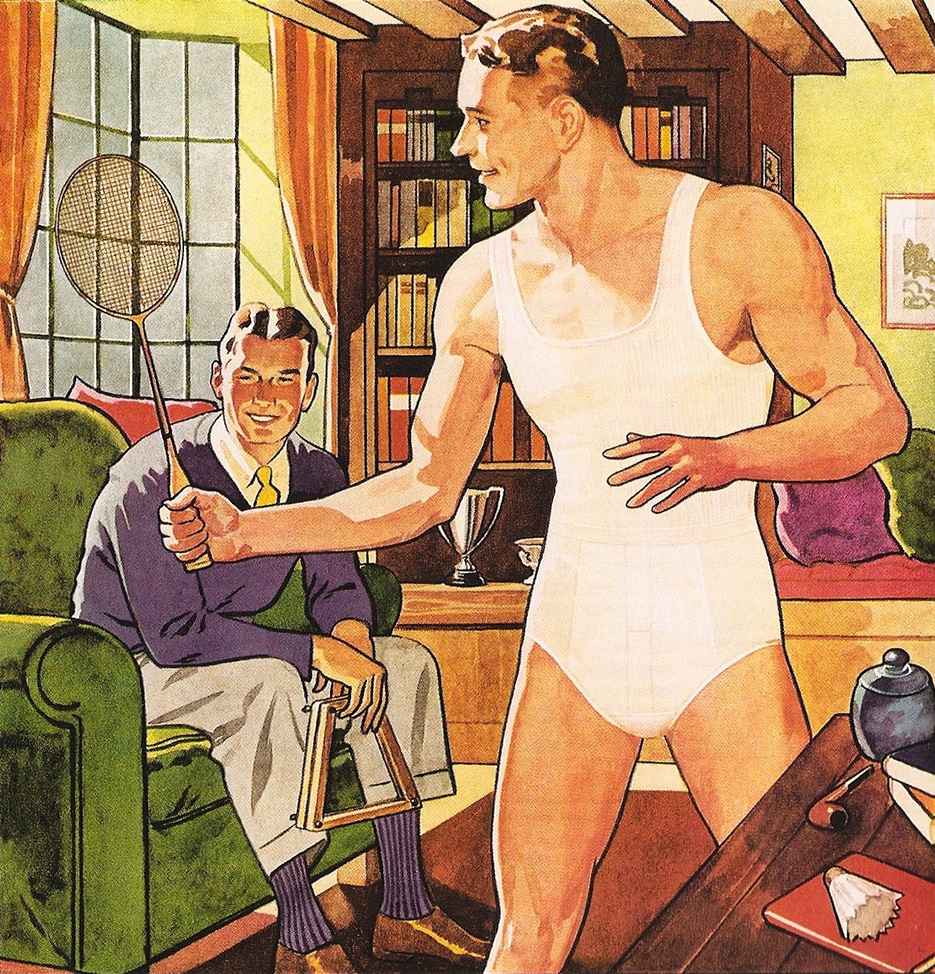
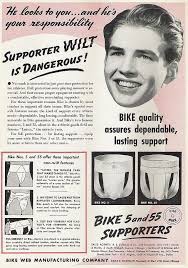
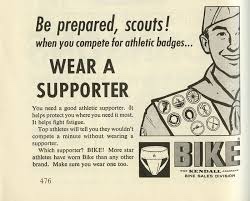
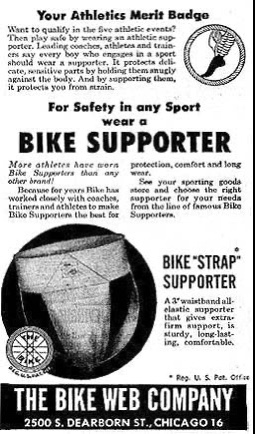
The brand’s termination didn’t come as a surprise. In the past few decades, athletes began bailing on jockstraps for protective purposes. “It just wasn’t designed for comfort,” Bob Beeten, manager of the US Olympic Training Center, told Health magazine. “It rubs, chafes, and the straps go up your butt.” Naturally, as jockstraps began to falter among athletes, fewer people were encouraged to wear them – an attitude that became more prevalent with each passing year. Eventually, as more supportive forms of athletic underwear became available starting in the ’90s, jockstraps were mostly phased out among athletes. Among gay men, however, they remain incredibly popular as a form of under gear.
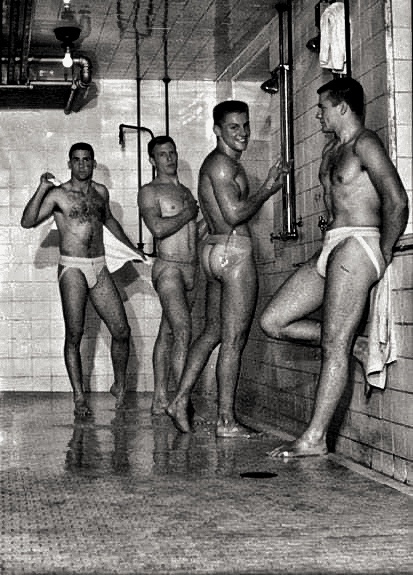
By the early 80’s the advent of fashion underwear rapidly expanded into more fashionable athletic wear, including thongs, low rise and ‘speedo’ and other bathing suit styled under-gear for the growing workout movement.
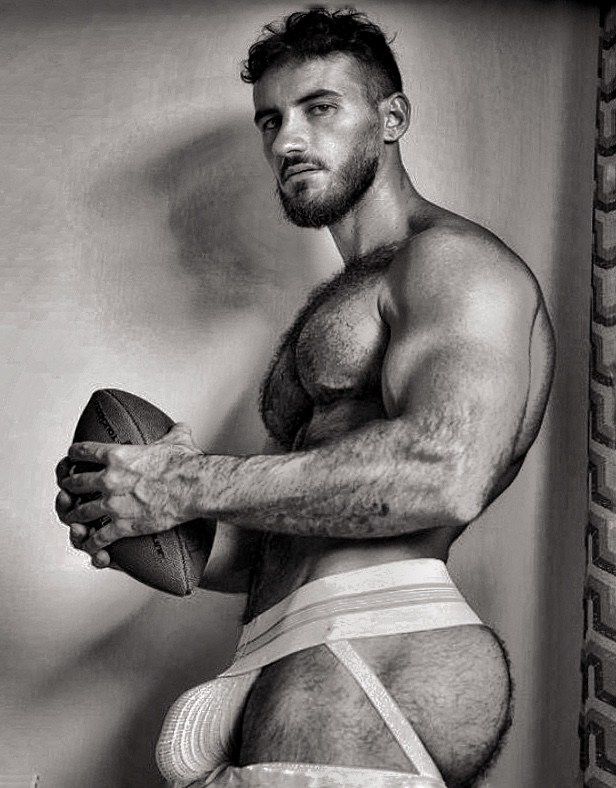
During the 90’s the style integration of athletic under-gear and underwear overtook the classic, uncomfortable jockstraps in popularity. While jocks did not completely disappear, they fell out of popular favor at the end of the millennium.
But it never went out of fashion with gay men! Jockstraps have transformed from the original style to an endless array of styles, fabrics, colors, and brands. The original classic style has become a well-defined and permanent part of the gay fetish repertoire, and is still immensely popular. A quick survey of online searches confirms that the old design have their own niche in gay fashion life!
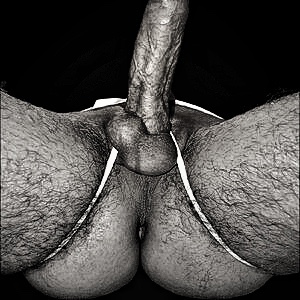
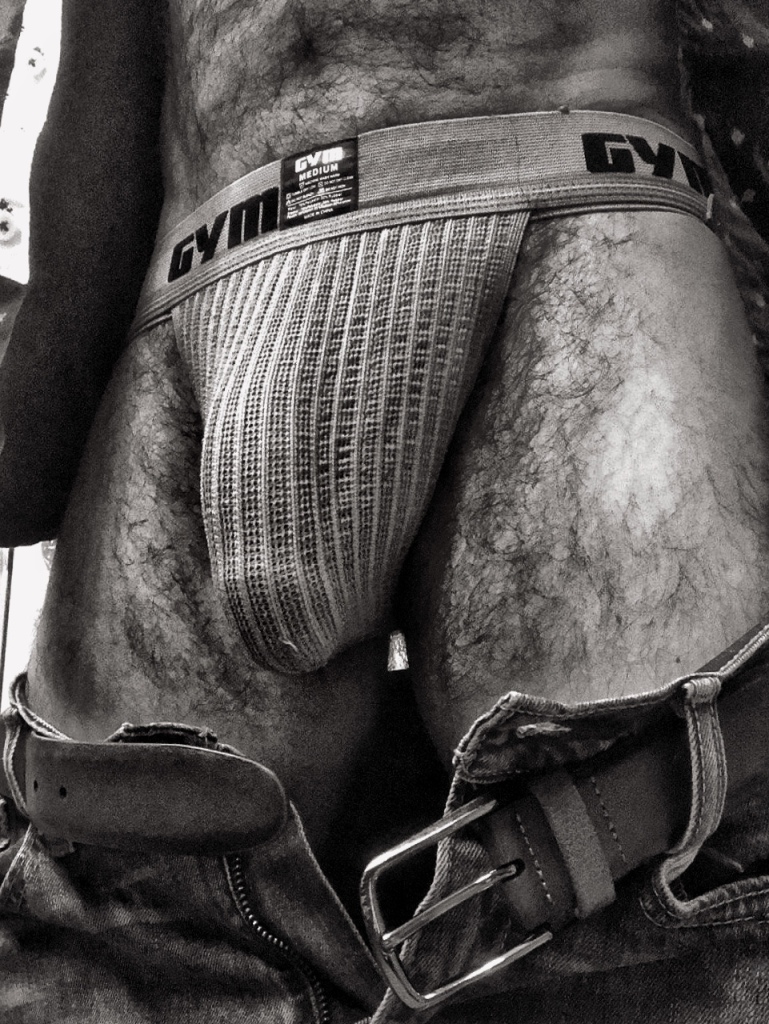
Today, the cheeky underwear style has transformed into a fashion trend, and jockstraps are very popular in the gay community. Men of all different sexualities are throwing on jockstraps when getting intimate or simply wanting to feel themselves.
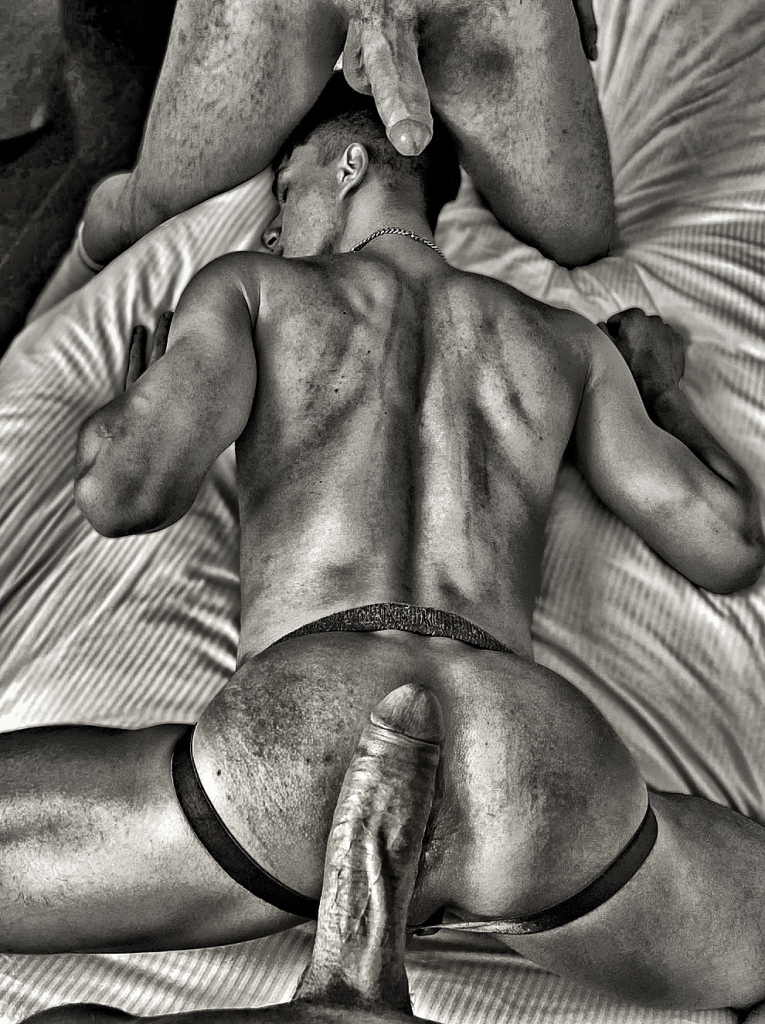
Jockstraps are used to up the sex factor of your underwear, with an exposed bum opening many a new window for play. But outside of the bedroom, and much like lingerie, knowing you’re wearing something overtly sexy underneath your nine-to-five attire can do wonders for your confidence – and there’s nothing more stylish than confidence.
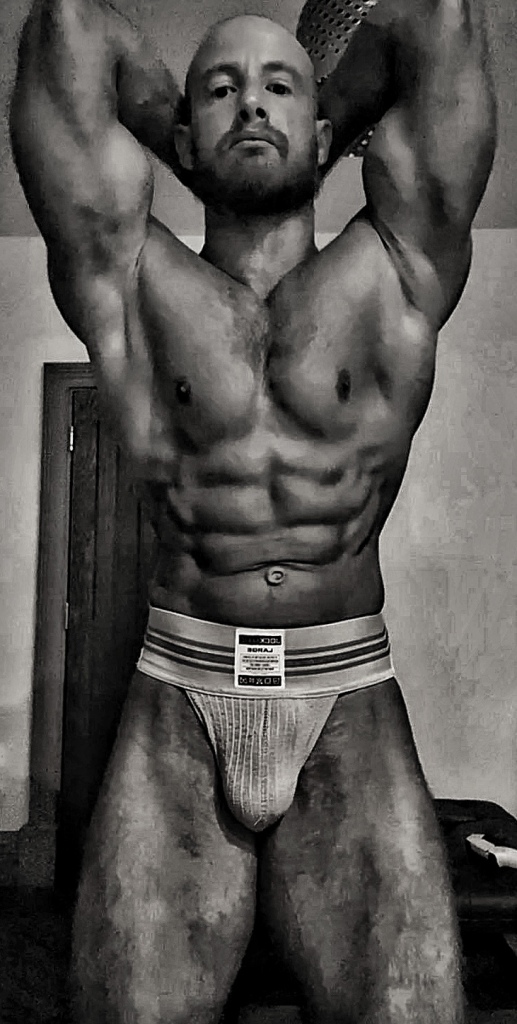
Seriously. Why do gay men love jockstraps so much?…
If you can believe it, the jockstrap was not invented to make your ass and genitals look fantastic at circuit parties. No, the advent of the jockstrap is far less sexy.

The jockstrap first entered the homosexual zeitgeist during the 1950s and ’60s, when gay fashion took an overtly masculine turn. Author Shaun Cole writes in his book, Don We Now Our Gay Apparel, “[Gay men] adopted a manly demeanor and attire as a means of expressing their new sense of self, and in adopting this look, they aimed to enhance their physical attractiveness and express their improved self-esteem.” These outfits often included bomber jackets, leather jackets, chaps, military uniforms and, of course, jockstraps.
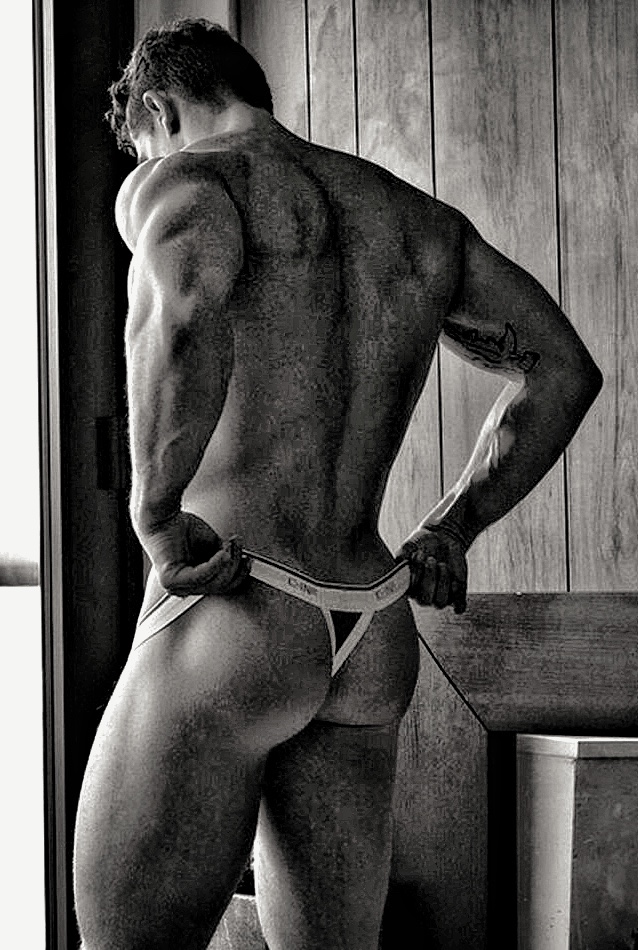
As such, jockstraps became a matter of fashion over function – and jock underwear brands, as any smart business would do, began advertising to this burgeoning market. Truthfully, whatever design element you could possibly imagine in a jockstrap has likely been done over and over again. “Jockstraps are definitely one of our most popular garments; we have them in every colour and style you can think of,” says Monty Tayara, manager of The Men’s Room Toronto (the company also has locations in Montreal and Chicago). “Many people come to our stores specifically for jockstraps. Sometimes they need to replace them because they left theirs at someone’s place the night before!”
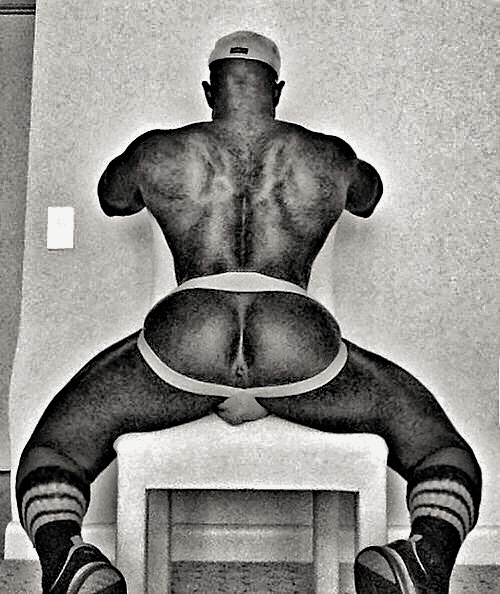
In his opinion, Tayara asserts the gay community has embraced jockstraps because they elicit a powerful sense of confidence. “It’s a peek-a-boo fantasy that stems from sports and porn,” he tells IN. “Jockstraps make you feel sexy, and when you’re wearing them, there’s a sense of power that comes with that.” It makes sense, as the garment’s purpose evolved, that the garment’s design changed to better enhance the ass and package, courtesy of its supportive straps and pouch.
In the same way jocks were slowly phased out among athletes, the opposite energy surged through the gay community in the late ’70s. Eventually, jockstraps were being worn regularly at gay bars, and brands started sending go-go boys in their jockstraps as a promotional tool. Porn then got in on the action. This continued exposure eventually secured the jockstrap as a mainstay in gay male garb. Around this time, jockstrap nights became a regular occurrence at gay bars across the world up until the AIDS crisis.
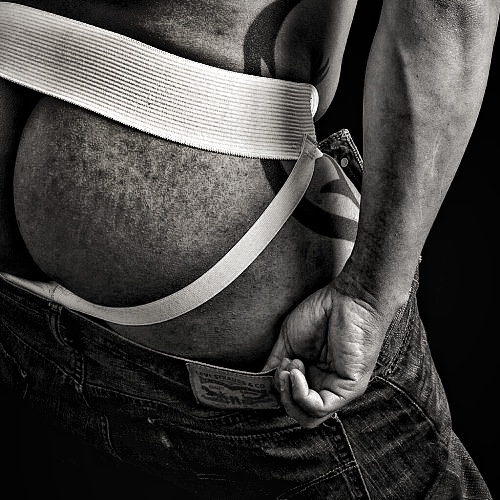
In the early aughts, jockstrap nights reappeared. The rebirth is largely credited to gay nightlife promoter Daniel Nardicio, who was searching for a way to get people into Slide nightclub in San Francisco during slow season at the bar. Since then, he’s made a career throwing underwear-themed events. In fact, he’s thrown well over 1,000 events, which speaks to the garment’s lasting influence.
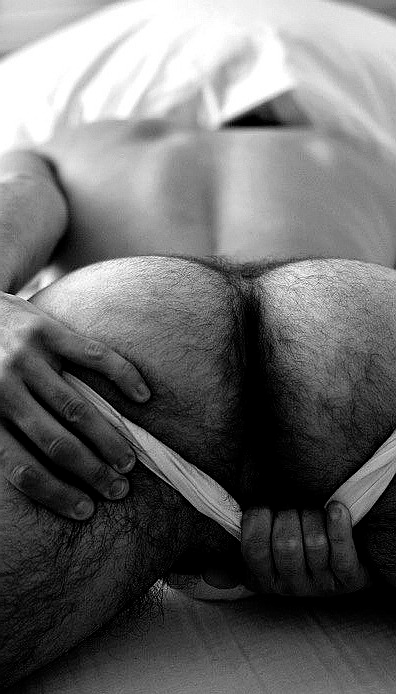
Evidently, the jockstrap’s purpose has evolved from a functional athletic garment that protectsone’s assets, to a garment that showcasesone’s assets. In many ways, the jockstrap can thank the gays for its lasting relevance. And, in return, we have jockstraps to thank for helping our asses look wonderful. So thank you, jockstraps. And you’re welcome.
—
